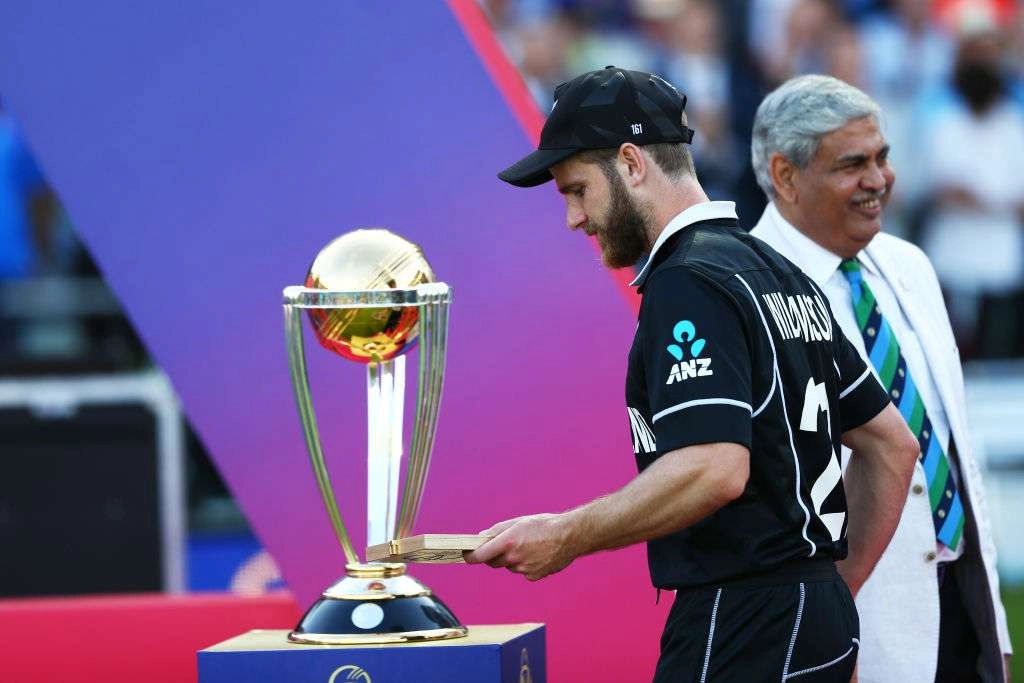In a surprising turn of events, Australian fast bowler Mitchell Starc has announced his retirement from T20 International cricket, a move that has sent ripples through the cricketing community. Known for his blistering pace and ability to swing the ball, Starc has been a pivotal figure in Australia’s bowling lineup, particularly in limited-overs formats. However, the 32-year-old has expressed his desire to refocus his energies on the longer formats of the game, namely Test and One Day Internationals (ODIs). This decision comes at a time when T20 cricket is gaining immense popularity worldwide, making Starc’s retirement from the format even more unexpected.
Starc’s decision to step away from T20Is is rooted in his commitment to maintaining peak performance in Test cricket, where he has made significant contributions over the years. His prowess in the longer format has played an essential role in securing victories for Australia in various high-stakes matches. By channeling his efforts into Tests and ODIs, Starc aims to enhance his skills and fitness levels, ensuring he remains a key player for Australia in these formats. This strategic shift highlights a growing trend among players who prioritize longevity and impact over participation in the shorter, high-octane versions of the game.
Moreover, Starc’s retirement from T20I cricket opens up opportunities for younger talent to emerge in the national team. With a new generation of fast bowlers eager to make their mark, this decision may pave the way for fresh faces to take the stage in the T20 format. Starc’s legacy is undoubtedly significant; he leaves behind a remarkable record in T20Is, and his experience will be missed. Nonetheless, his focus on Tests and ODIs signifies a mature understanding of the game and the importance of sustaining one’s career while contributing to the team’s success in critical match formats.
As cricket enthusiasts digest this announcement, the cricketing world anticipates how Starc’s absence will affect Australia’s T20 setup. His decision reflects a broader narrative in professional sports, where athletes are increasingly mindful of their career trajectories and the demands of various formats. Starc’s choice to prioritize Test and ODI cricket not only showcases his dedication but also raises questions about the future of T20 cricket and how national teams will adapt to such transitions. With imminent series on the horizon, the Australian team will undoubtedly feel the impact of his departure from the T20 stage, but they can also look forward to the continued brilliance of Mitchell Starc in Test matches and ODIs.




